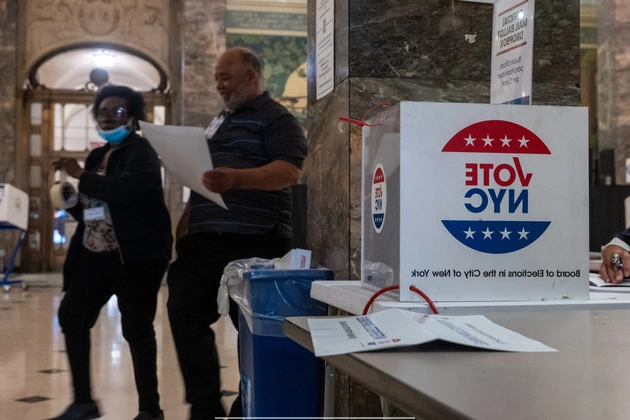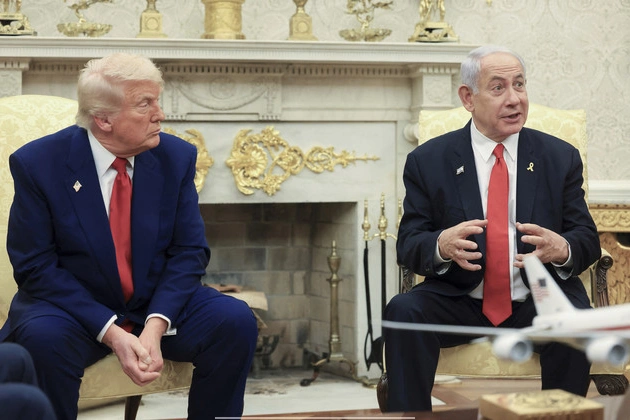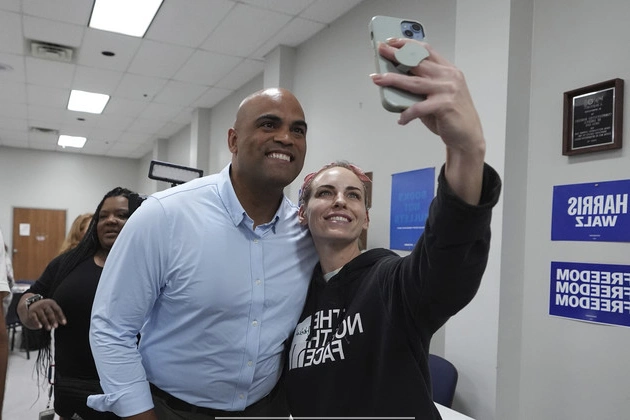
New York City’s mayoral election results may not be immediately clear due to the city’s unique ranked choice voting system. In this system, voters can select up to five candidates in order of preference on their ballots. If no candidate receives more than 50% of first-choice votes, the ranked choice system determines the winner through a series of eliminations and vote transfers.
Understanding Ranked Choice Voting in New York City
The process begins with eliminating the candidate ranked first by the fewest number of people, whose votes are then reassigned to voters’ second choices. This continues until only two candidates remain, with the candidate having the most votes declared the winner.
Tabulation and Results
New York City starts tabulating ranked choice ballots one week after the election, with preliminary elimination rounds conducted weekly until the election is certified. In the 2021 primary race, it took eight rounds of tabulation before Eric Adams was declared the winner, two weeks after Election Day.
Unique Dynamics and Cross-Endorsements
The ranked choice system has led to unique dynamics in the race, including cross-endorsements among candidates. Progressive candidates like Zohran Mamdani and Brad Lander have endorsed each other in a strategic move to consolidate support and challenge other contenders.
Implications for the Future
Regardless of the primary outcome, the race may see further developments as candidates like Eric Adams and Andrew Cuomo explore independent runs. The final decision may not be determined solely by the primary results.
Stay updated on the latest developments in the New York City mayoral race to understand the evolving political landscape and its implications for the city’s future.











